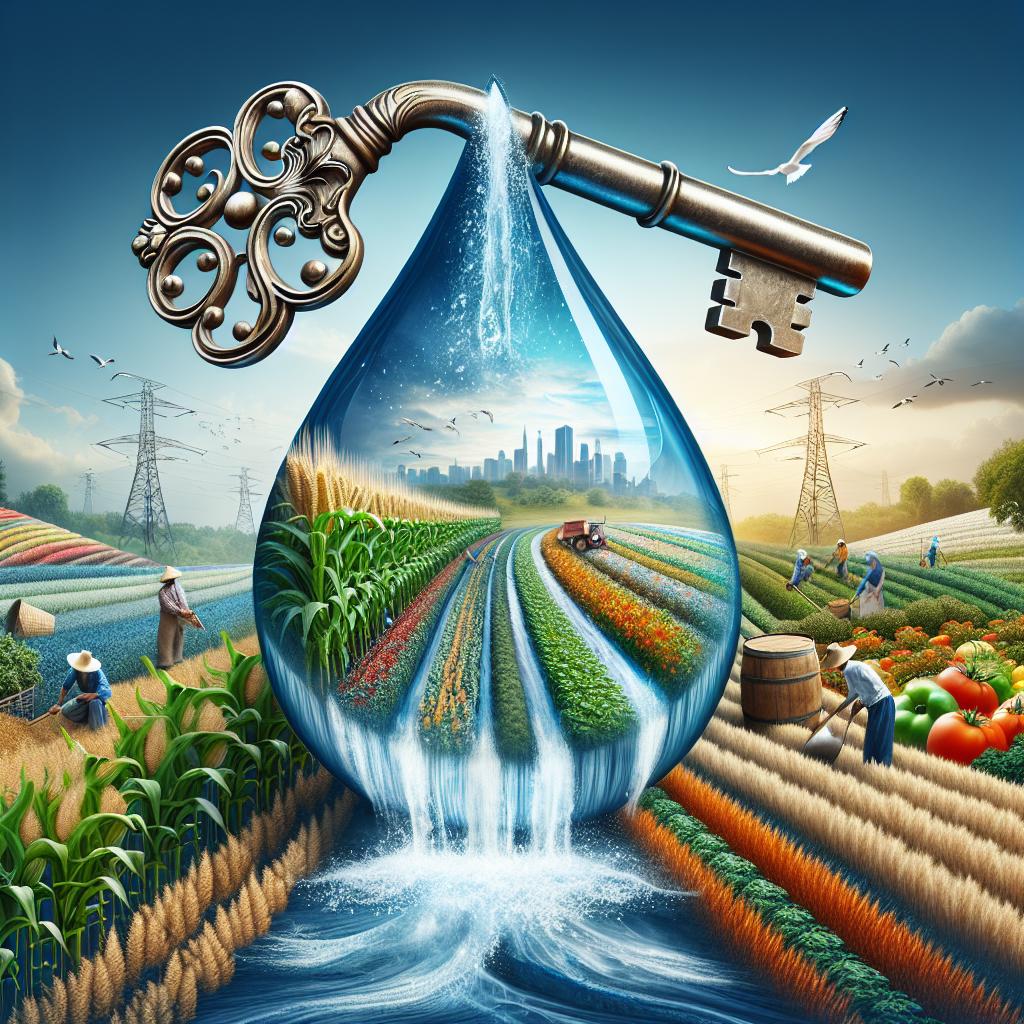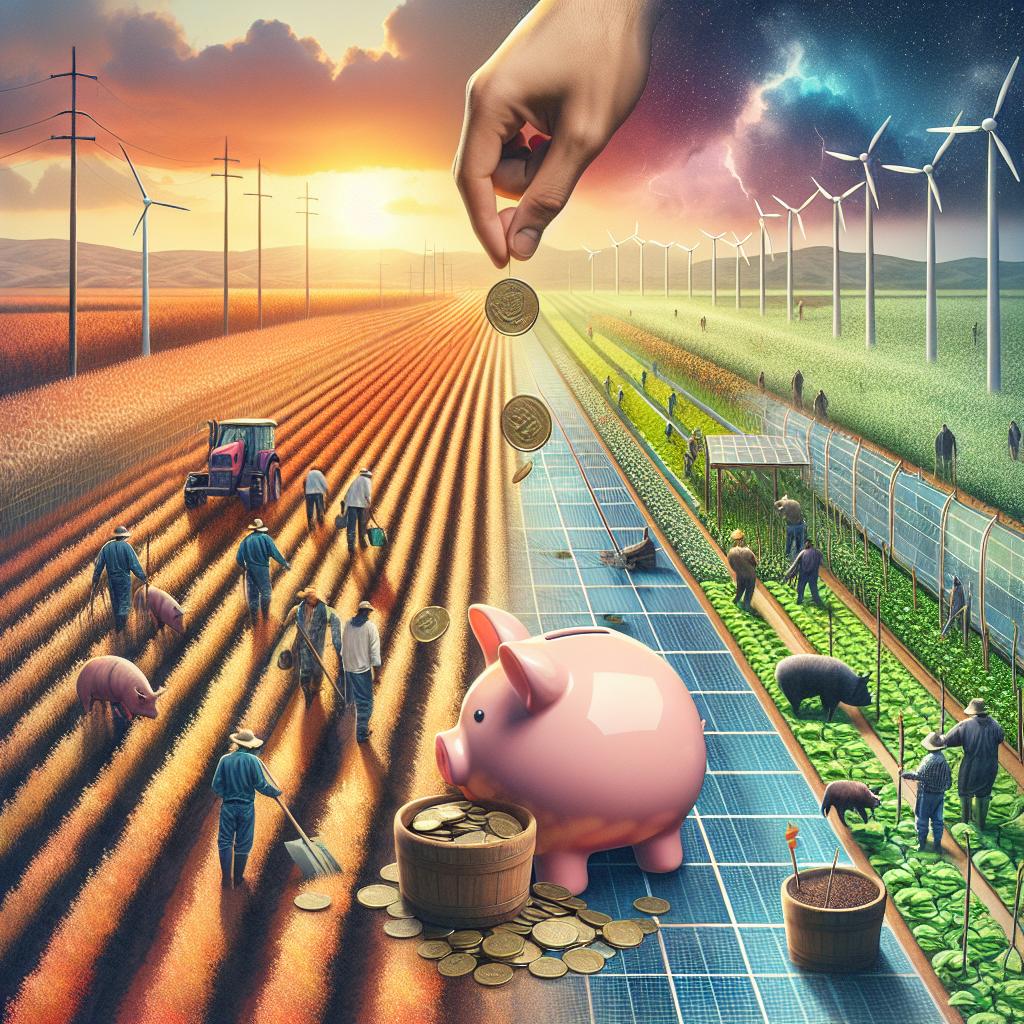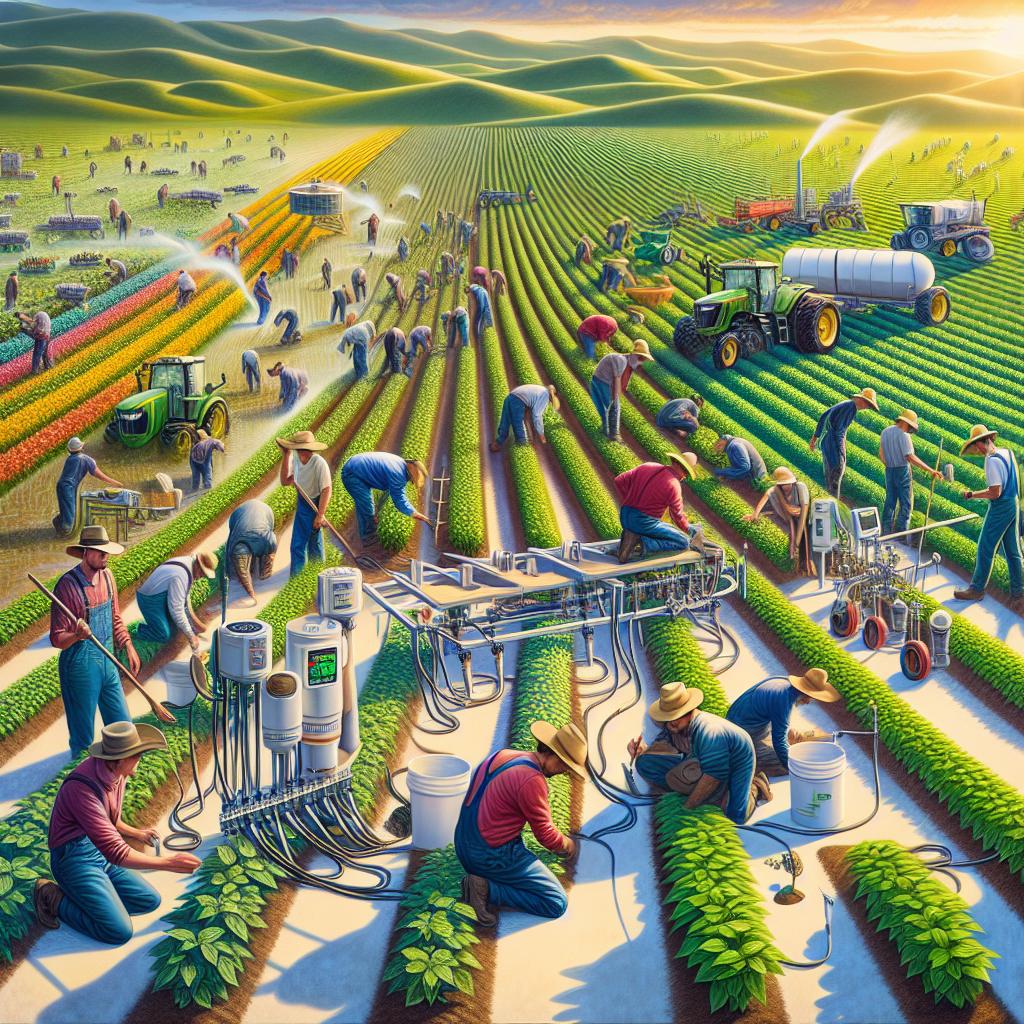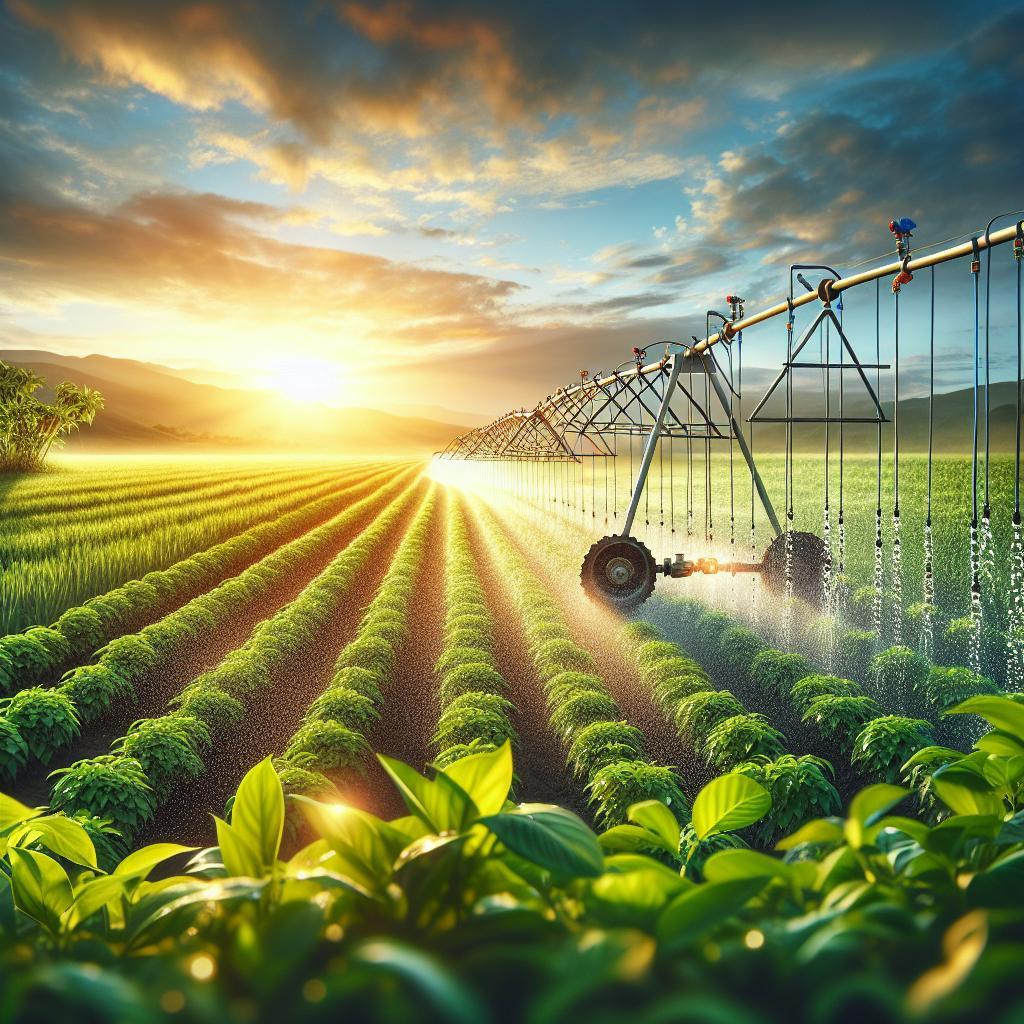This post may contain affiliate links which means I may receive a commission for purchases made through links. Learn more on my Private Policy page.
In the vibrant world of agriculture, where every drop of water counts, an ingenious technique is quietly revolutionizing the way we grow our crops. Enter drip irrigation—a method that delicately delivers water right to the roots of plants, transforming arid landscapes into lush oases. Imagine a system so efficient that it conserves water, boosts yields, and nurtures the soil, all while embracing lasting practices. Whether you’re a seasoned farmer or a curious gardener, the benefits of drip irrigation are not just enticing—they’re essential for creating a thriving ecosystem. Join us as we explore this exciting approach to farming that promises to quench the thirst of our fields, enhance crop health, and pave the way for a more sustainable future. Let’s dive into the wonders of drip irrigation and discover how it can help your garden—or farm—flourish like never before!
Unlocking Water Efficiency for Thriving Crops
Drip irrigation emerges as a transformative approach to maximizing water efficiency in agriculture, ensuring that crops receive the precise hydration they need for optimal growth. Unlike traditional irrigation methods that can waste water through evaporation and runoff, drip systems deliver moisture directly to the root zone of plants. This targeted approach not only conserves water but also enhances crop yields. Some of the main advantages include:
- Reduced Water Use: By minimizing evaporation and runoff,farms can cut water usage by up to 50%.
- Improved crop Health: Consistent moisture levels promote stronger root systems and healthier plants.
- Fertility Management: Nutrients can be applied directly through the system, improving efficiency and reducing waste.
Moreover, utilizing drip irrigation systems translates into economic benefits, making it an investment worth considering. By lowering water requirements,farmers can reduce energy costs associated with pumping and distributing water. This method also allows for more precise scheduling, which can lead to enhanced productivity. Here’s a quick look at the economic impact:
| Benefit | Impact |
|---|---|
| Water Savings | Up to 50% reduction |
| Energy Costs | Lowered due to reduced pumping needs |
| Crop Yield Increase | 10-30% potential boost |

Nurturing Soil Health: The Drip Irrigation Advantage
Maintaining a healthy soil ecosystem is crucial for crop productivity, and drip irrigation plays a significant role in achieving this.By delivering water directly to the root zone, it minimizes soil erosion and reduces the risk of nutrient leaching. This targeted approach not only conserves water but also ensures that the essential nutrients stay within the root zone, promoting robust growth.Key benefits include:
- Reduced Soil Compaction: Unlike traditional irrigation methods that flood the surface, drip irrigation maintains optimal soil structure, allowing roots to penetrate easily.
- improved Nutrient Absorption: With steady moisture levels, plants can absorb nutrients more efficiently, leading to healthier crops.
- Enhanced Microbial Activity: A consistent moisture environment fosters beneficial microbes essential for nutrient cycling.
Moreover, by minimizing water stress and promoting uniform moisture distribution, drip irrigation fortifies the resilience of soil health against drought and adverse climatic conditions. This innovation supports sustainable agriculture practices, ensuring that farmers can continuously cultivate fertile fields without depleting them. Here’s a summary of how drip irrigation contributes to soil health:
| Feature | Benefit |
| Water Efficiency | Maximized with minimal waste |
| Soil Structure | Preserved for better aeration |
| Fertility | Enhanced through reduced leaching |

cost Savings and Sustainability: Investing in the Future of Farming
Investing in drip irrigation systems not only enhances the agricultural output but also promises significant cost savings for farmers looking to optimize their resource management.By delivering water directly to the plant’s root zone, drip irrigation reduces water wastage and minimizes evaporation losses. This precise submission means that less water is required to achieve optimal growth, which translates into lower utility bills and reduced labour costs associated with irrigation management. By harnessing technology that conserves water, farmers can maximize crop yields while contributing positively to their communities by preserving this vital resource.
Moreover, the sustainability benefits of this irrigation method extend beyond immediate financial savings. By adopting drip irrigation, farmers are making a commitment to environmental stewardship. This approach not only ensures that water resources are used efficiently but also promotes healthier soil and minimizes runoff, which can carry fertilizers and pesticides into local waterways. The following advantages showcase the potential impact:
- Reduced Chemical Use: Less runoff leads to decreased chemical pollutants.
- Soil Health Improvement: Minimizes soil erosion and improves structure.
- Energy Savings: Lower pumping requirements reduce energy consumption.

Maximizing Crop Yields with Precision and Care
Drip irrigation has revolutionized the approach to growing crops by delivering water directly to the plant roots, thereby minimizing evaporation and runoff. This technique not only conserves water but also promotes healthier plants that can thrive in a variety of conditions. By utilizing this method, farmers can experience a number of benefits, such as:
- Water Efficiency: Reduces water consumption by delivering precise amounts of moisture.
- Targeted Fertilization: Allows for the direct application of fertilizers along with irrigation, enhancing nutrient uptake.
- Reduced Weed Growth: Minimizes water on the surrounding soil, which discourages weed proliferation.
- Improved Soil Health: Encourages deep root growth and prevents soil erosion while maintaining moisture levels.
Moreover, drip irrigation systems contribute to increased crop yields through their ability to be tailored for specific plant needs and local conditions. With the capability to monitor and adjust the irrigation schedules based on climate, soil type, and crop type, farmers can optimize their growing practices. Here’s a brief comparison highlighting the advantages of drip irrigation versus traditional methods:
| Aspect | Drip Irrigation | Traditional Irrigation |
|---|---|---|
| Water Usage | Low | High |
| Precision | High | Low |
| Labor Requirement | Low | High |
| Impact on Weeds | Minimized | Encouraged |
The Conclusion
As we wrap up our dive into the world of drip irrigation, it’s clear that this innovative approach is more than just a method of watering crops—it’s a game changer for farmers seeking to cultivate thriving fields with efficiency and care. By delivering water directly to the roots where it’s needed most, drip irrigation not only conserves precious resources but also enhances crop health, boosts yields, and reduces the stress of pest pressures.
Imagine a farm where every drop counts, where farmers can trust that their crops are getting just the right amount of nourishment, even in the face of unpredictable weather. This isn’t just a dream; it’s the reality that drip irrigation can bring to life. Whether you’re a seasoned farmer or a budding enthusiast keen to make your mark, embracing this technology can set you on the path to sustainable success.
So, let’s raise a glass—or perhaps a watering can—to the marvels of drip irrigation! Here’s to efficient farming, healthier plants, and a greener planet. Happy growing, and may your harvests be plentiful and your water usage wisely managed! 🌱💧
This post may contain affiliate links which means I may receive a commission for purchases made through links. Learn more on my Private Policy page.

